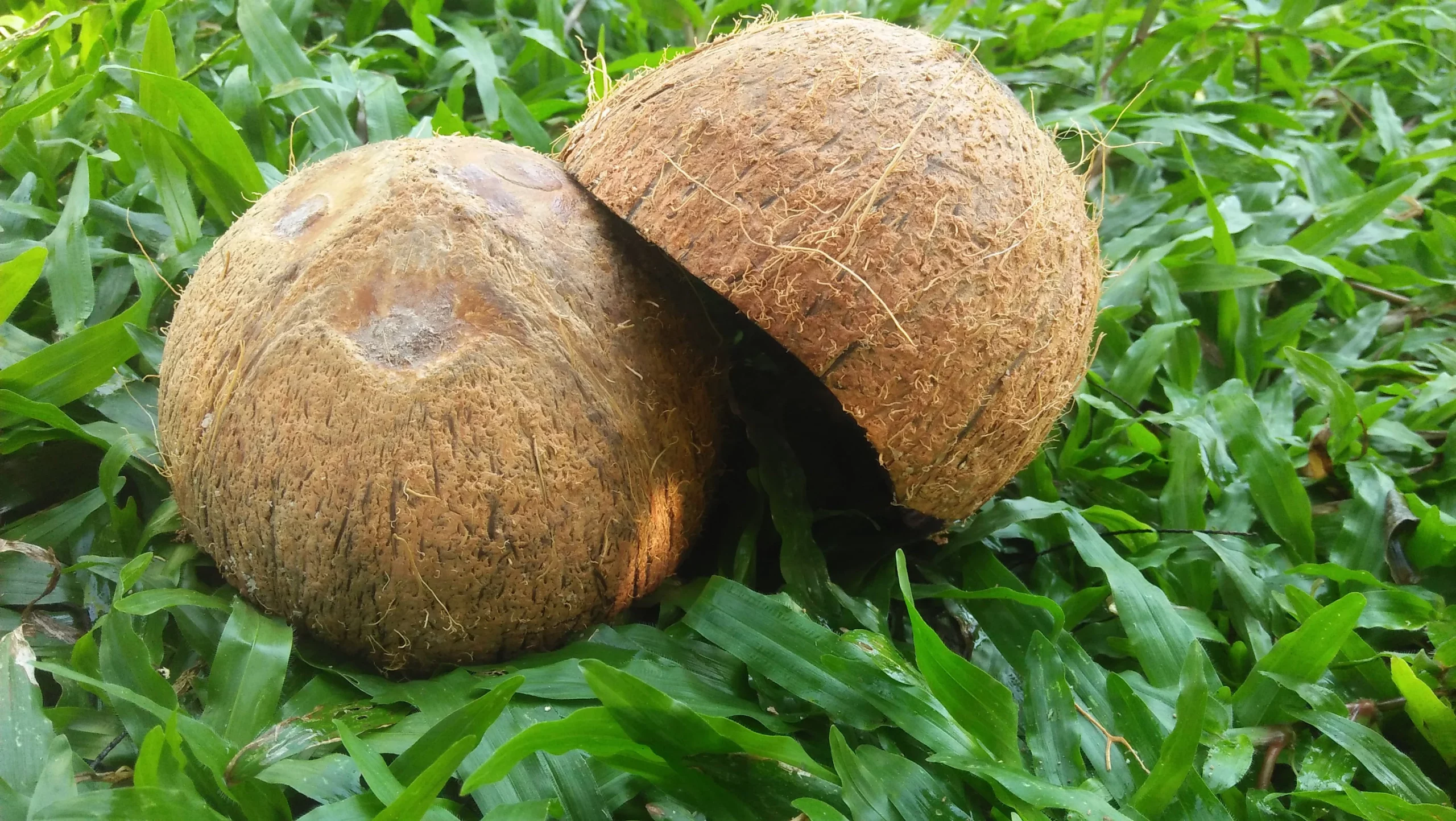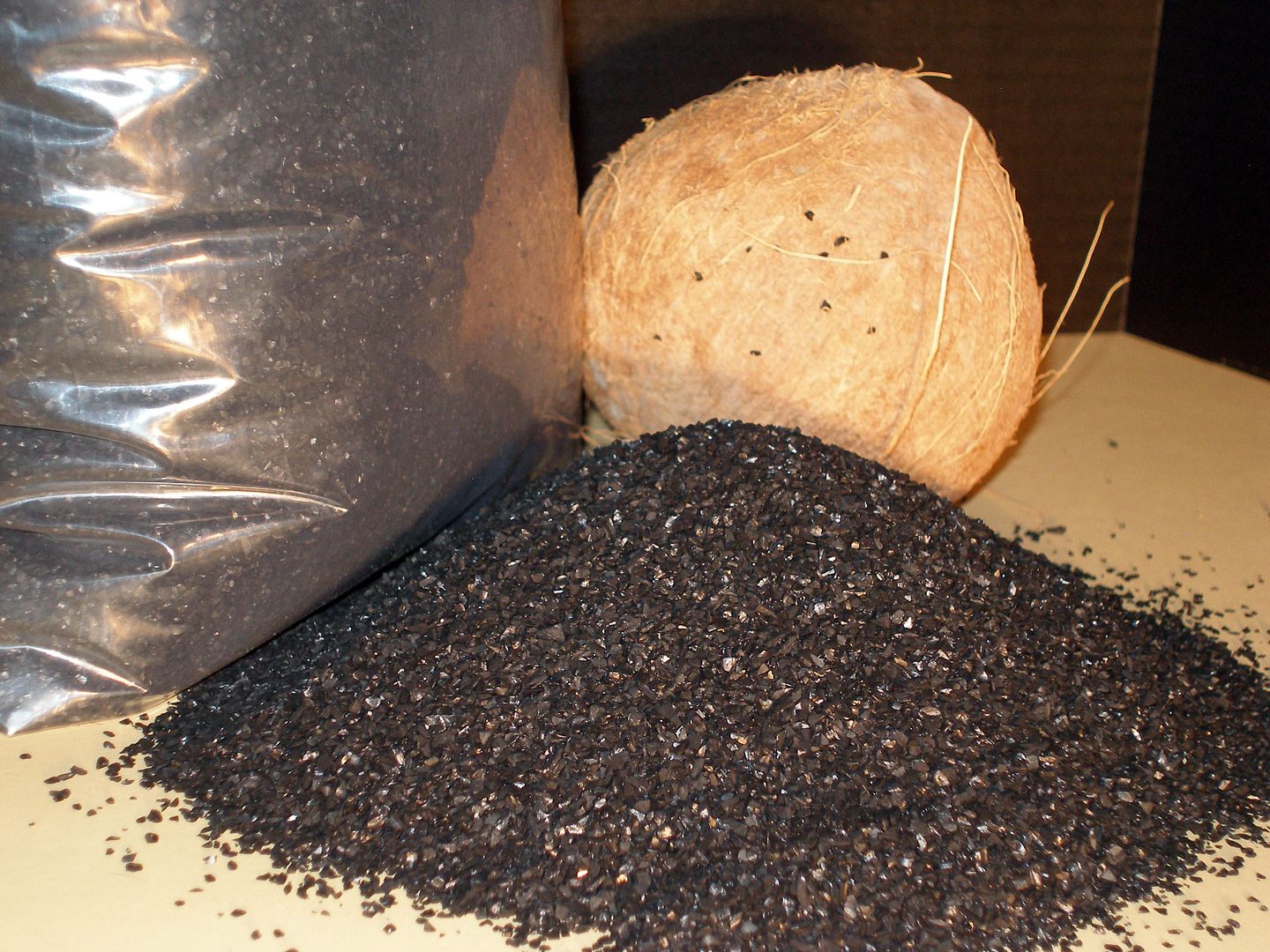In a world increasingly concerned with environmental sustainability, the quest for green alternatives and eco-friendly solutions is ever-expanding. One such remarkable innovation is the conversion of coconut shells into charcoal, a process that not only mitigates waste but also provides a clean and renewable source of energy. This transformation by coconut charcoal making machine is not only a testament to human ingenuity but also an excellent example of how waste can be turned into wealth for the environment and economy.

Coconut Shell: A Valuable Residue
Coconut shells are often seen as waste products in the coconut processing industry, yet they are anything but worthless. These hard, fibrous outer layers of coconuts are typically discarded or burned, releasing carbon emissions into the atmosphere. The inherent potential of coconut shells to be repurposed into charcoal offers a sustainable solution that benefits both the environment and local economies.
The Charcoal Production Process
To understand the significance of coconut shell charcoal, it’s essential to delve into the production process. The conversion of coconut shells into charcoal by biochar machine involves several key steps:
Collection and Preparation: Initially, coconut shells are collected from processing plants and farms. They are cleaned and dried to remove any moisture, making them suitable for the carbonization process.
Carbonization: The dried coconut shells are then heated in a controlled environment with limited oxygen. This process, known as carbonization, transforms the shells into charcoal. It removes volatile compounds and leaves behind carbon-rich material.
Crushing and Sizing: After carbonization, the charcoal is crushed into smaller pieces and sized according to its intended use. This allows for customization, whether the charcoal will be used for cooking, industrial purposes, or even as a component in beauty products.
Activation (Optional): In some cases, charcoal can be activated to enhance its adsorption properties. Activated charcoal is widely used in various applications, including air and water purification and medicine.

Environmental Benefits
Coconut shell to charcoal conversion offers several key environmental benefits:
Reduced Waste: By repurposing coconut shells, the conversion process diverts waste from landfills and reduces the release of methane, a potent greenhouse gas produced during organic waste decomposition.
Carbon Sequestration: The carbonization process sequesters carbon in the form of charcoal, effectively locking away carbon that would otherwise be released into the atmosphere when the coconut shells decompose.
Renewable Resource: Coconuts are a highly renewable resource, with coconut trees producing fruit year-round. This ensures a continuous supply of coconut shells for charcoal production.
Lower Carbon Emissions: Compared to traditional charcoal production methods, coconut shell charcoal production generates fewer carbon emissions, making it a more sustainable option.
Economic Opportunities
The conversion of coconut shells into charcoal by biomass pyrolysis machine also presents economic opportunities for communities in coconut-growing regions. Here are some ways in which this green alternative benefits local economies:
Job Creation: The collection and processing of coconut shells, as well as charcoal production, provide employment opportunities for local communities.
Value Addition: Coconut shell charcoal adds value to a waste product, potentially increasing the revenue for coconut farmers and processors.
Export Potential: Many countries export coconut shell charcoal to international markets, contributing to foreign exchange earnings.
Applications of Coconut Shell Charcoal
Coconut shell charcoal has a wide range of applications, further enhancing its significance as a green alternative:
Cooking Fuel: Coconut shell charcoal is an excellent choice for cooking, whether for grilling, barbecuing, or as a fuel source for stoves. It burns cleanly and imparts a mild, pleasant aroma to food.
Industrial Uses: The adsorption properties of activated coconut shell charcoal make it ideal for use in various industries, including water purification, air filtration, and the production of cosmetics and pharmaceuticals.
Art and Craft: The fine powder of coconut shell charcoal can be used in art and craft projects, creating unique black pigments for drawing and painting.
Horticulture: Coconut shell charcoal can be used as a soil conditioner and a component in potting mixes to improve drainage and aeration.
Energy Generation: In some regions, coconut shell charcoal is used for energy generation, serving as a clean and renewable source of electricity.
Conclusion
The conversion of coconut shells into charcoal is not only a green alternative but also a remarkable example of how innovation and sustainability can go hand in hand. This process transforms waste into valuable resources, reduces environmental impact, and creates economic opportunities for communities. As our world continues to grapple with environmental challenges, the coconut shell to charcoal conversion serves as an inspiring model of how we can turn residues into solutions. With continued research and support, it has the potential to make a significant contribution to a more sustainable and eco-conscious future.